How Did The Chicago World Fair Change America

Early Chicago: The 1893 Earth's Off-white
For African American leaders, the 1893 Columbian Exposition, popularly known as the "World's Fair," seemed the perfect opportunity to exhibit the contributions, achievements, and racial progress of African Americans in the almost xxx years since the terminate of slavery.
While Exposition organizers planned an immense, broad-sweeping allure that would dazzle fairgoers with the achievements of many nations (with an accent on American accomplishments), they refused to give African Americans a vox in the development of the fair. Blacks were immune to participate equally depression-level workers, performers, speakers, and, of class, paying guests, but white organizers kept them from whatever meaningful positions of influence or dominance.
Social reformers Ida B. Wells, Frederick Douglass, Irvine Garland Penn, and Ferdinand Lee Barnett wrote a protest pamphlet intended for distribution at the fair in multiple languages: The Reason Why the Colored American Is Not in the Globe'south Columbian Exposition. The pamphlet was written to make international visitors enlightened of both the achievements of blacks since emancipation and the hard and dangerous atmospheric condition they connected to face after slavery. The Haitian authorities allowed protestors to use their building which assured that the pamphlet was distributed to park guests. Unfortunately, information technology was only printed in English language due to limited funding.
African Americans were best represented at the open forums sponsored by the Globe'southward Congress Auxiliary of the Chicago's World'due south Fair where several blacks were invited as speakers. A diversity of problems ranging from medicine to moral and social reforms were raised at the forums. These speeches were well attended and received. Only despite the intelligence and eloquence of the orators, fairgoers were mainly exposed to racist and dehumanizing stereotypes. The Exposition'south exhibits generally characterized people of color as primitives, or worse.
Stereotypes were widespread
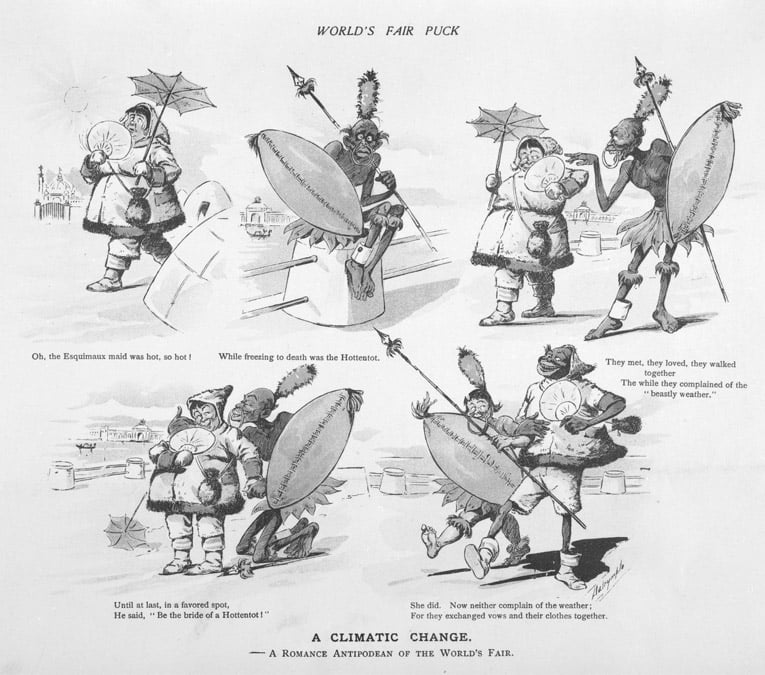
(Source: The Provident Foundation)
While African Americans sought to highlight their achievements at the fair, blackness stereotypes abounded. Publications showed cartoons that ridiculed diverse cultures, including this one featured in the World'due south Off-white Puck.
Blacks worked at the Off-white
Dr. Christopher Reed, writer of All The World is Here: The Black Presence at White City, discusses black workers at the Earth's Off-white.
Black speakers were impressive participants
Noted historian and author Dr. Christopher Reed explains the importance of black speakers at the World's Off-white.
Ida B. Wells
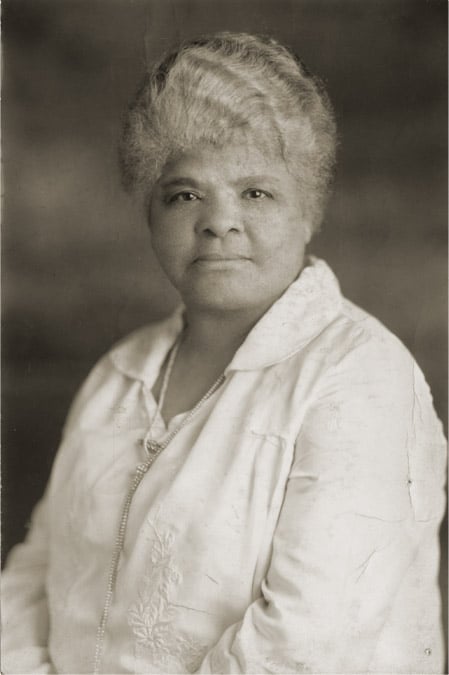
(Source: Chicago History Museum)
Journalist and speaker Ida B. Wells was forcibly driven out of Memphis, Tennessee, due to her verbal and written condemnation of lynching. She came to Chicago to encourage blacks to boycott the 1893 Columbian Exhibition and to use the international reach of the off-white to present a positive portrayal of African Americans to the world.
Wells felt urgency in her mission. In the yr before the Exhibition opened, she lectured across England. The negative opinions she heard near African Americans strengthened her conventionalities that something needed to be done.
While at that place I was more struck than ever with the necessity of having some literature to correct the prevailing opinions of people away virtually the mental and social capacities of the colored people in the Us. Persons with whom I conversed in England and Scotland were surprised that I was possessed of sufficient intelligence to talk lucidly. "Why," they would say, "I thought all colored persons were ignorant and incapable of teaching. Is it possible that whatsoever of them are capable of being more than than menials?" And so I was filled with a determination to do something. It shall not be thought, equally information technology is abroad, that the colored people are brutes and that these murderous lynchings are justified.
Frederick Douglass
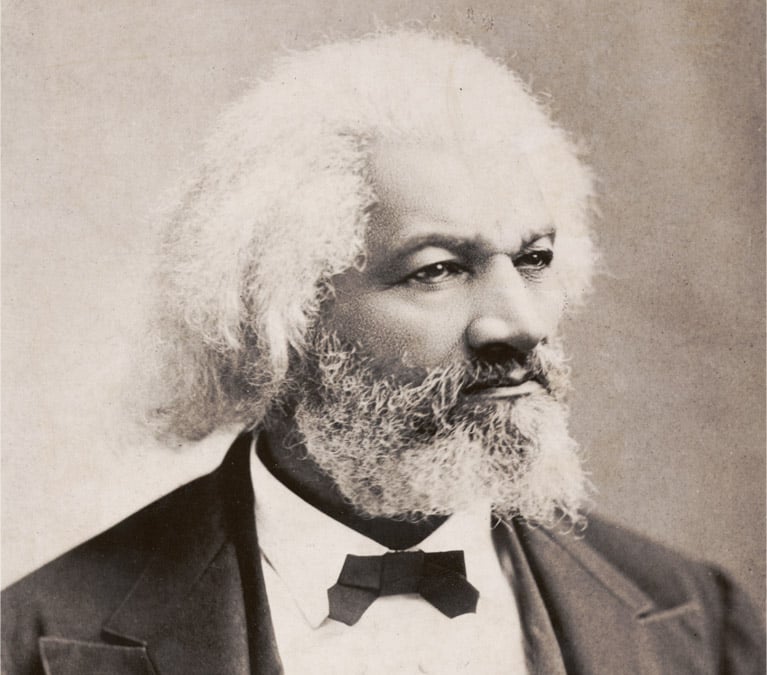
(Source: Chicago History Museum)
Black leaders institute a stiff and supportive nation at the Columbian Exposition: Haiti. Frederick Douglass, abolitionist, editor, author, and statesman was appointed as Republic of haiti's co-commissioner to the Earth'southward Off-white and used the Haitian Pavilion in the "White City" every bit a base of operations where visiting African Americans could not only experience at home, but also make visible their protestation of exclusion from the Exposition.
To appease black protesters, fair organizers designated August 25th as "Colored American Twenty-four hour period," in celebration of African American achievement. The highlight of that day was the speech given by Frederick Douglass which attracted 2,500 fairgoers. After being heckled past an audience member about the "Negro problem," Douglass put bated his prepared remarks and refuted the challenger'south remarks in an eloquent and rousing oral communication.
Douglass concluded past declaring, "Expect at the progress the Negro has made in xxx years! ... Measure out the Negro. But non by the standard of the splendid civilisation of the Caucasian. Bend down and measure out him — mensurate him from the depths out of which he has risen."
Workers at the Fair

Ii black workers at the World's Fair.
Outside of Electricity building
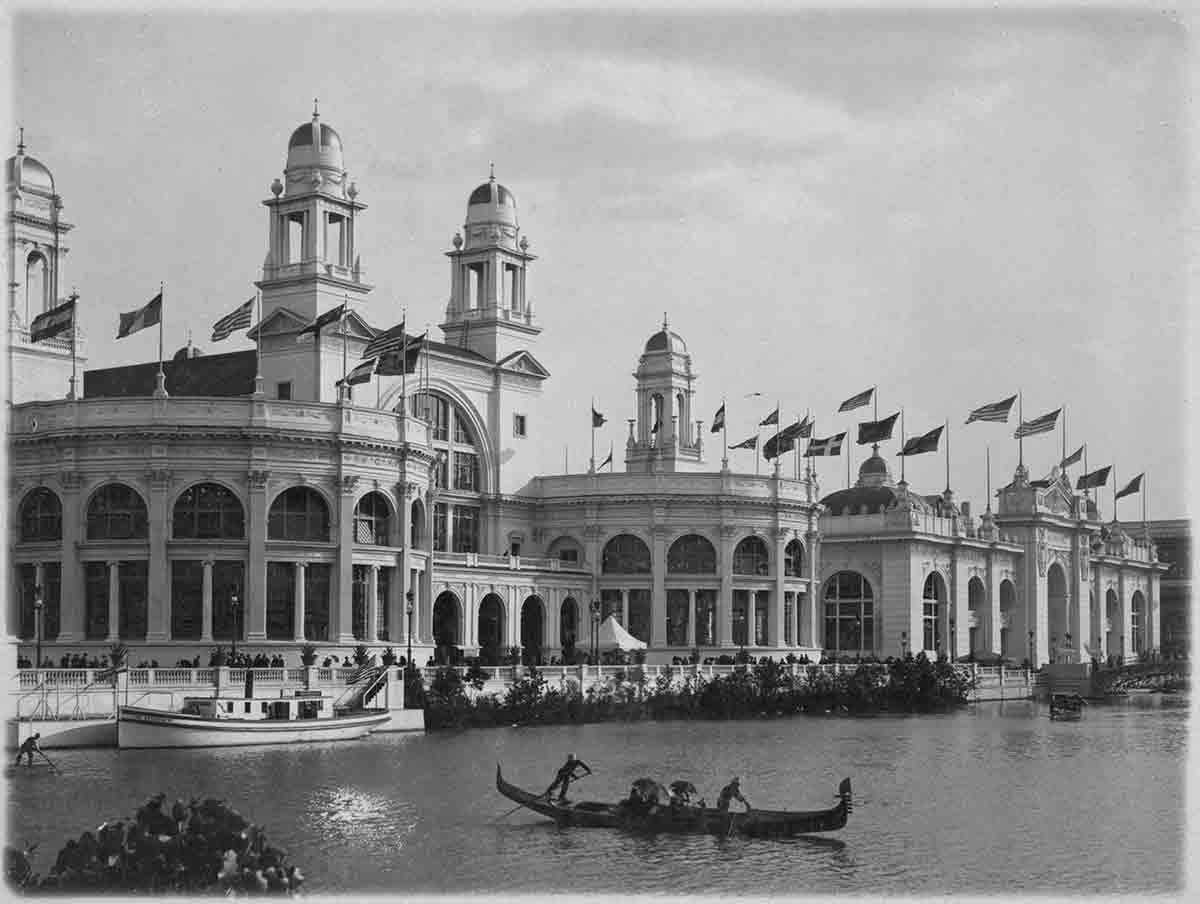
Dahomey
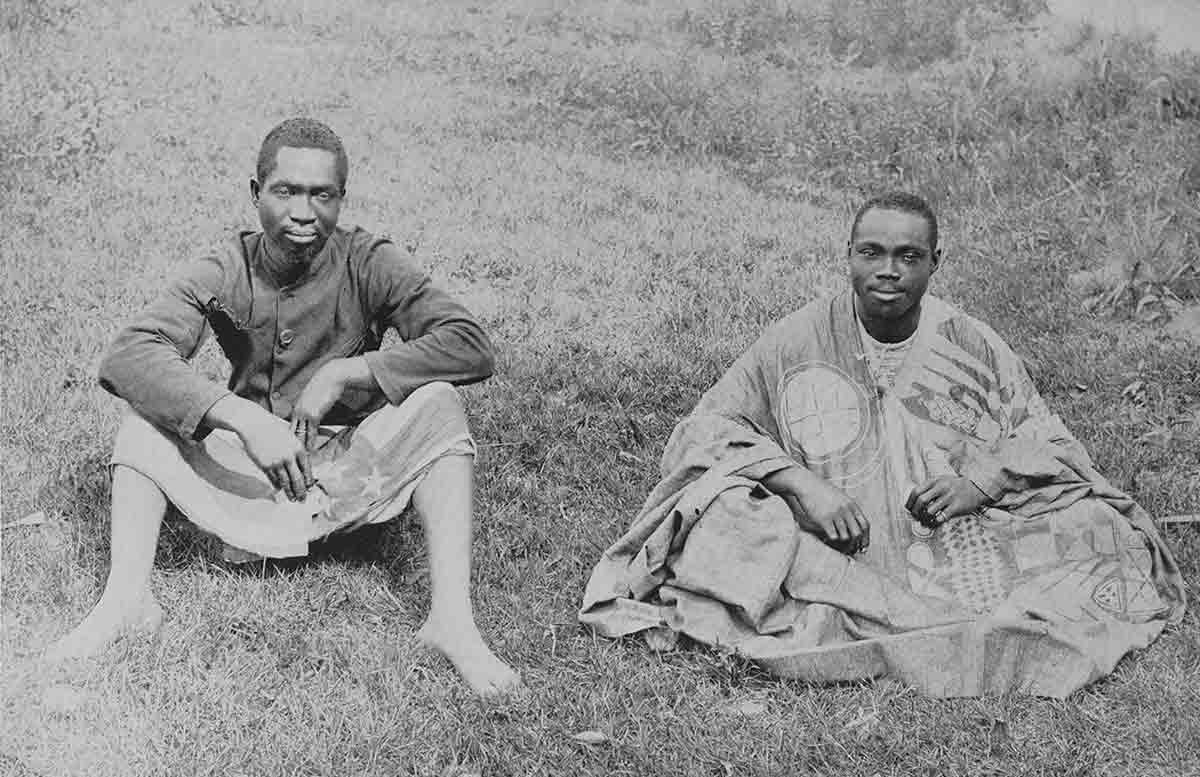
Men from the African nation of Dahomey, at present called the Democracy of Benin.
How Did The Chicago World Fair Change America,
Source: https://interactive.wttw.com/dusable-to-obama/1893-worlds-fair
Posted by: duranhishentimed.blogspot.com


0 Response to "How Did The Chicago World Fair Change America"
Post a Comment